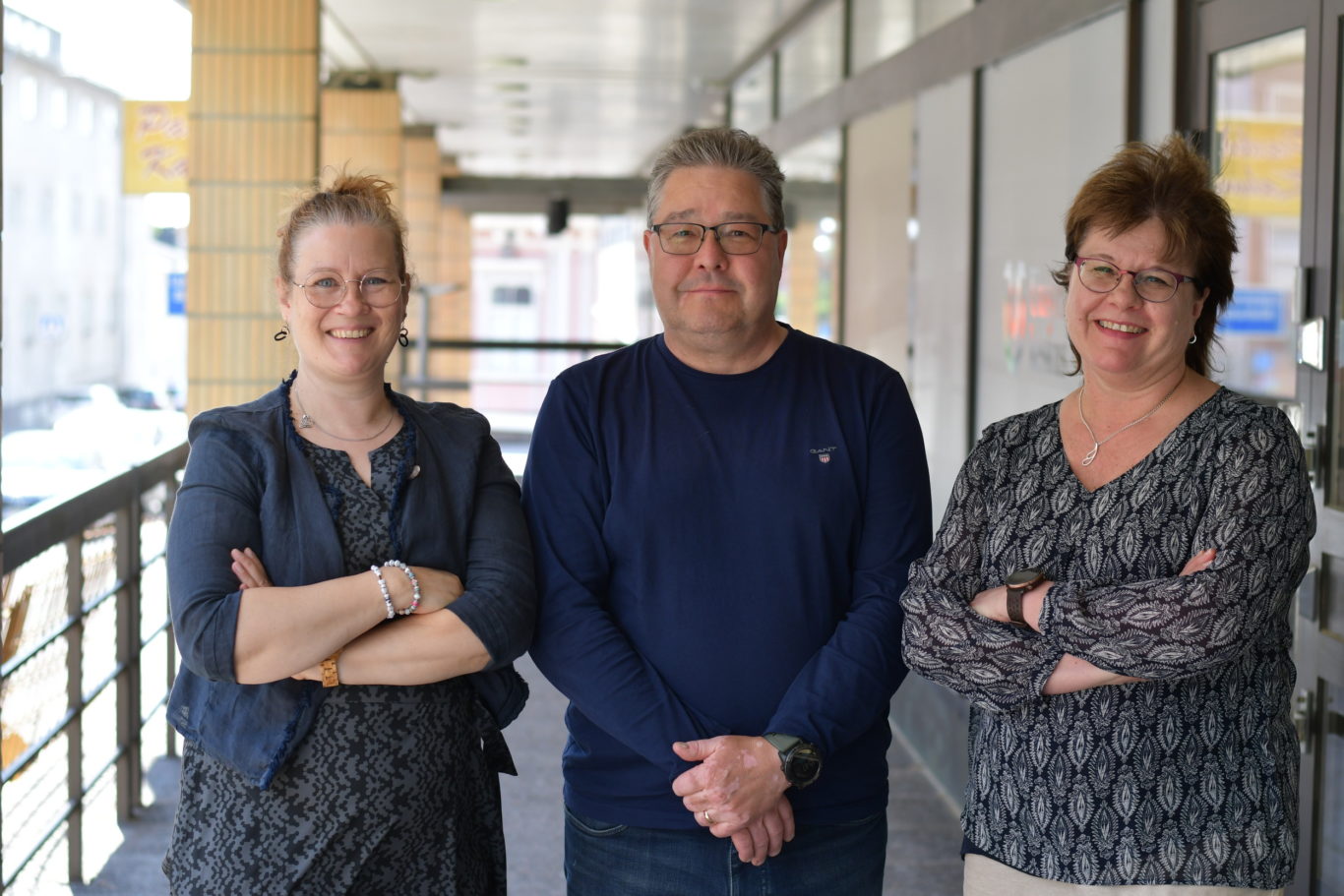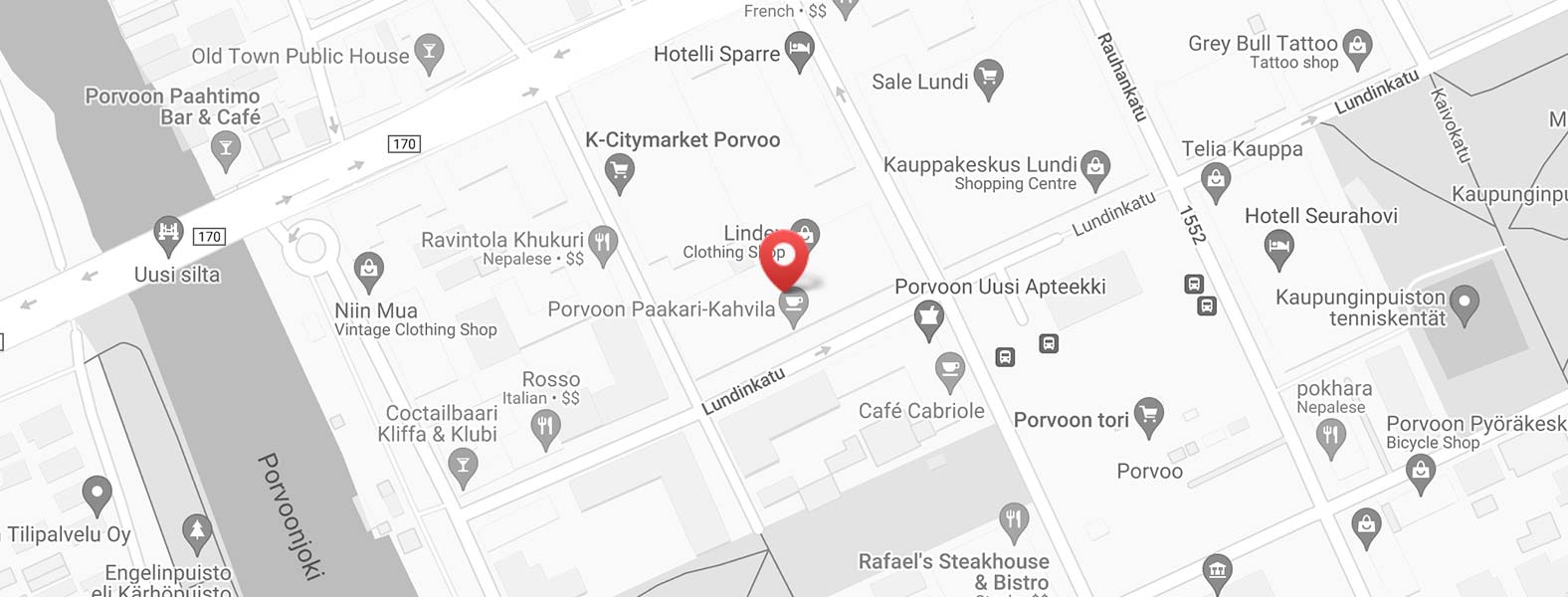Maske that operates in Kilpilahti, Porvoo, aims to be a trendsetter in environmental issues in its field. The carbon footprint calculation provides a better understanding of the company’s emissions and helps to allocate resources more efficiently.
Companies are increasingly becoming aware of the need to determine the carbon footprint of their operations. Invitations to tender are one reason for this development, as information of the company’s carbon footprint can be specified as a condition for the selection.
The EU’s new Corporate Sustainability Reporting Directive will oblige companies to report, e.g., on the climate impact of their operations more extensively than previously.
Porvoon Maske Oy decided to have its carbon footprint calculated to do better in the highly competitive sector.
– We wish to be a trendsetter and leader in our field also in environmental issues. We operate in Kilpilahti and our largest customers are currently undergoing a green transition. We must be able to meet their strict requirements also in the future, says Maske’s HSEQ Manager Pasi Kärnä.
Maske operates in the industrial maintenance and facility management and construction sectors, and also offers HSE services, such as guarding related to hot work and enclosed workspaces.
The carbon footprint measurement was carried out by Reforest Finland Oy as part of the Circular Economy Goes East and West (CEGO) project.
The ease of carbon footprinting came as a surprise
In carbon footprinting, the emissions related to the company’s operations are often divided into various sub-areas: direct emissions from company-owned and controlled resources (Scope 1), emissions from the generation of purchased energy (Scope 2) and indirect emissions (Scope 3) that include, e.g., procurements, travel, and outsourced activities.
– For Maske, we calculated Scope 1 and Scope 2. In Scope 3, we reviewed procurements, logistics, waste management, water consumption, business travel and commuting, says Project Manager of Sustainable Business Christina Sani from Posintra.
Completing the measurement only required a few hours input from Maske.
– I expected this to require much more from us. We got interesting results with very little effort, says Kärnä.
In addition to himself, the staff participated in the measurement by completing a short survey.
– It was easy to commit people to taking the survey, which had been made easy to answer. We also told them that the results would benefit everyone, says Kärnä.
Material procurement and mobility as the main emission sources
Maske’s main emission sources are related to concrete and steel procurement. Lower-emission alternatives were investigated as part of the carbon footprint measurement.
– Reforest provided examples of the cost of these lower-emission alternatives to the company and what the cost would be if the emissions were compensated, says Sani.
Green concrete and steel are, for example, already available on the market.
– Now we have the results of the carbon footprint measurement to show the various alternatives to our customers. This allows us to help them to make greener choices, says Kärnä.
Maske’s second largest emission source is mobility. The company already reduces the emissions related to mobility by transitioning to bio-based fuels and by upgrading its equipment.
In addition, the mobility of the drivers is monitored by using the ABAX driver’s log system that helps to develop mobility in a more economical and ecological direction.
Maske received praise from Reforest as regards commuting.
– Public transport and cycling are already common choices among our staff.
Improving operations enables better contracts
The carbon footprint calculation completed for Maske will not be forgotten in a desk drawer.
– Now the aim is to analyse, in more detail, the measures that are needed based on the calculation with the management group, says Kärnä.
The results of the carbon footprint measurement helps the company to allocate resources more efficiently. In the future, the company aims to carry out a new measurement to determine how the selected measures have reduced the company’s emissions.
– We wish to continue to develop and expand our operations, says Kärnä. – Our previous measures have made us a more desirable partner for our customers, which has enabled us to sign better seasonal contracts.
Subsequently, Maske has been able to recruit more staff in accordance with the targets laid down in its strategy. In the financial year 2022, the company’s turnover was 10 million euros and the target for the financial year 2023 is 11.5 million euros.
Posintra offers assistance to entrepreneurs
Posintra has recently offered carbon footprinting to companies that have participated in various projects.
– Our new projects often already include some kind of carbon footprint measurements. An increasing number of companies want to determine their emissions, says Director of Sustainable Business Leena Alihakkola from Posintra.
She reminds that whilst not the absolute truth, measurements provide material for the thought process and help to direct measures correctly.
At the present time, measurements cannot be offered outside projects.
– We can give companies tips on whom to turn to in measurement issues. There are new projects starting at Posintra, and it is always worth asking whether your company could participate in one of them and, subsequently, acquire additional resources for the development of its operations, says Alihakkola.
– The key function of Posintra is to develop projects and acquire funding for them in order to offer exactly this kind of opportunities to local entrepreneurs.



